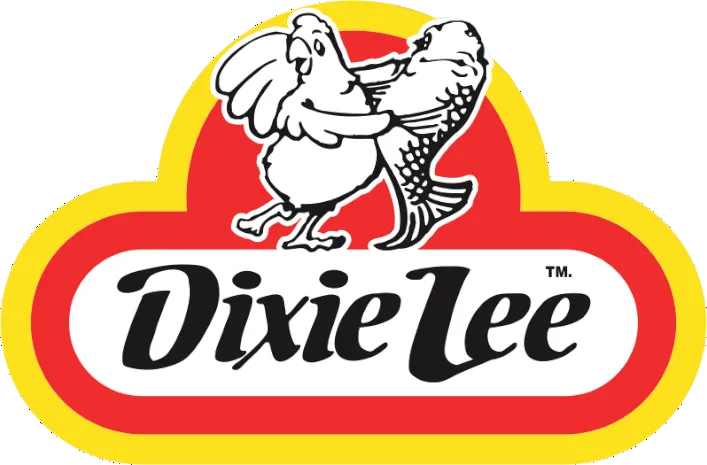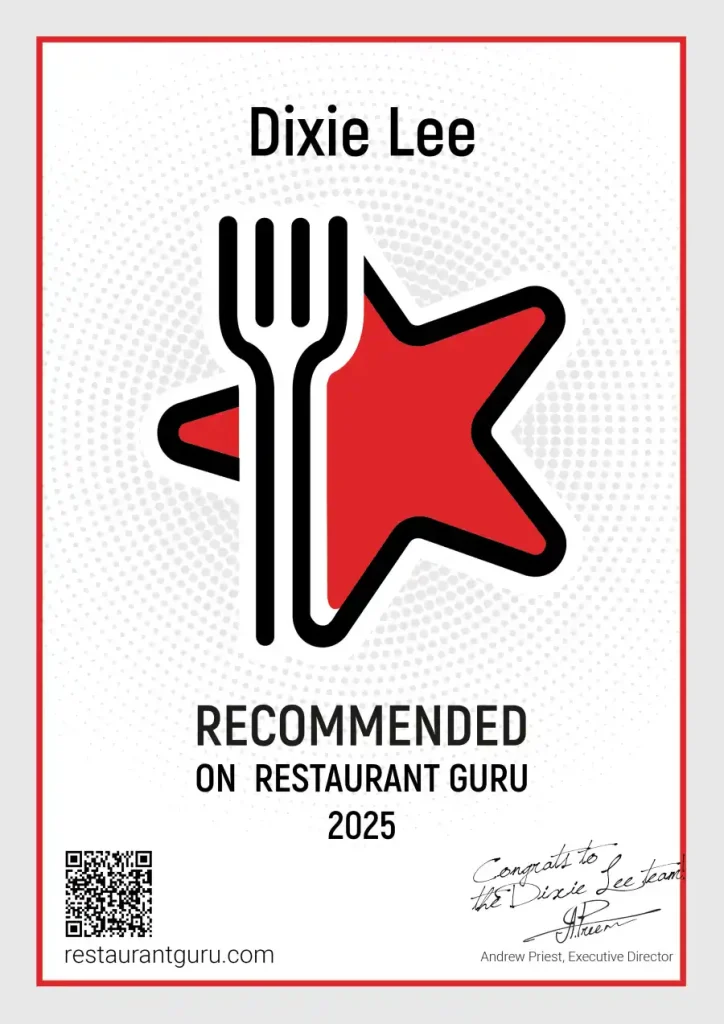Penetanguishene’s family-heavy, bilingual population and midrange incomes align well with Dixie Lee’s value-focused combos and family buckets. Summer tourism along Georgian Bay increases demand for fast, familiar, portable meals, and regular local events generate predictable short-term surges in customer volume.
Competing successfully will depend on delivering consistently high-quality, crispy chicken, reliable portioning, and takeout-ready bundles, supported by a standout sandwich offering and limited-time promotions to drive repeat visits.
For location strategy, choose a high-visibility corner near a grocery store or value retail outlet that offers easy pedestrian access and room for efficient drive-thru flow. Plan staffing with seasonality in mind: hire flexible teams or part-time staff for peak summer months and train employees for strong customer service to build community ties year-round.
You should also budget for localized marketing that emphasizes family meals, bilingual signage, and partnerships with local events to capture both residents and visitors.
Overall, the market characteristics and seasonal demand patterns in Penetanguishene make it a viable location for a Dixie Lee franchise, provided you prioritize product consistency, convenient site selection, and adaptive staffing and marketing plans.
Key Takeaways
- Family-oriented, bilingual demographics with price sensitivity favor clear-value combo meals and family buckets Dixie Lee can champion.
- Summer tourism to Georgian Bay drives strong June–August spikes; portable chicken meals fit cottagers, boaters, and day-trippers.
- Compete against national chains and local independents by emphasizing crispy chicken mastery, freshness, generous portions, and consistency.
- High-visibility corner near grocery/pharmacy anchors with smooth drive-thru access is crucial to capture errands and post-activity traffic.
- Seasonal planning—labor, inventory, LTOs, and comfort-food promos—can smooth shoulder seasons and leverage predictable local event surges.
Market Snapshot: Demographics, Income, and Dining Habits
Start with the basics: Penetanguishene’s small-town population skews family-oriented and bilingual, with a sizable Francophone community and a median age slightly higher than the provincial average. You’re looking at steady household formation, multigenerational homes, and a preference for approachable value. Median household incomes sit near the Ontario midrange, so price sensitivity matters. Positioning combo meals and family buckets at clear price points will strike a chord.
Weeknight convenience drives decisions; parents want quick dinners without fuss. Lunch demand comes from local workers who favor speedy, filling options under a set budget. Bilingual service and signage can enhance trust and repeat visits. You should plan portions that suit kids, teens, and seniors, with lighter sides alongside indulgent fried chicken. Reliability, consistent hours, and friendly service will anchor loyalty.
Demand Drivers: Tourism, Seasonality, and Local Events
Building on local habits, you’ll also tap demand that surges with Penetanguishene’s visitor flow and calendar. Summer brings cottagers, boaters, and day-trippers tied to Georgian Bay, Exploration Harbour, and nearby beaches. They want fast, familiar meals after tours and on the way to the water. You can capture them with extended hours, family bundles, and grab-and-go options.
Seasonality is real. Traffic spikes late June through August, softens in shoulder seasons, and dips midwinter. Plan labor and inventory to match; push comfort-food promotions when temperatures drop, and emphasize portable meals during peak marina traffic.
Local events amplify traffic. Festivals, regattas, and holiday parades create predictable surges. Align limited-time offers, pre-orders for groups, and pop-up service near event routes to convert crowds efficiently.
Competitive Landscape: Who You’re Up Against and White-Space Opportunities
You’ll need to map local quick-serve rivals—both national chains and independents—to see where they’re strongest and where they’re stretched thin. From there, spot niche positioning gaps, like premium chicken tenders, family bundles, or late-night takeout that others ignore. Align those plays with seasonal demand shifts so you capture summer tourist spikes and maintain off-season loyalty.
Local Quick-Serve Rivals
While Penetanguishene’s market is compact, the quick-serve field isn’t empty: you’re up against national chicken players in nearby Midland (KFC, Mary Brown’s), broad QSR staples (McDonald’s, A&W, Tim Hortons), and local independents offering pizza, burgers, and pub-style comfort food. You’ll contend with brand familiarity, value menus, and drive-thru convenience that pull traffic off the main corridors to Midland. Still, proximity can work for you if you capture stay-local diners and seasonal visitors heading to Georgian Bay.
| Rival Type | Strength to Note | Practical Implication |
| National chicken | Name recognition, deals | Compete on freshness and portions |
| Broad QSR | Speed, breakfast/dayparts | Differentiate on chicken quality |
| Local independents | Community loyalty | Win with consistency and takeout-ready combos |
Prioritize visibility, parking, and delivery coverage to neutralize incumbents’ advantages.
Niche Positioning Gaps
Those incumbents set the pace, but they also leave openings a focused chicken brand can own. You’re competing with generalized menus and inconsistent chicken proficiency. That’s your wedge. Emphasize crispy chicken mastery, consistent seasoning, and made-to-order freshness. Pair bone-in staples with portable tenders, sauces, and family bundles sized for cottage runs and weeknight dinners.
Differentiate on transparency: clear sourcing, oil quality standards, and allergen-friendly prep. Offer reliable pickup windows and drive-thru speed; many rivals don’t nail throughput during dinner rush. Own community ties with fundraisers and local supplier spotlights to feel authentically Penetanguishene.
Finally, add craveable limited-time flavors and a signature sandwich that travels well. If you execute these focus points, you’ll occupy a defined chicken-first niche competitors haven’t defended.
Seasonal Demand Shifts
Because Penetanguishene’s population swells with cottagers and day-trippers from May through September, your competitive set shifts with the seasons—and so do white-space openings. In summer, you’ll face pop-up food vendors, festival concessions, and extended hours from independents in Midland and Wasaga Beach. Quick wins come from speed: beach-friendly boxes, family bundles, and late-night service when patios overflow.
In shoulder seasons, traffic tapers and competitors scale back. You can capture locals with value-driven combos, delivery reliability, and community partnerships (schools, arenas, boat launches). Winter brings fewer tourists but steadier routines; target hockey nights, catering for small gatherings, and weekday lunch deals for trades and municipal workers.
Match staffing, inventory, and media spend to these cycles, and you’ll defend margins while expanding share.
Site Selection: Visibility, Access, and Co-Tenancy Priorities
You’ll want a high-traffic corner that keeps your signage in constant view and your queue visible. Prioritize easy ingress and egress so cars can enter, queue, and exit without friction. Aim for complementary anchor neighbors—grocery, pharmacy, and value retail—to feed steady footfall and cross-shopping.
High-Traffic Corner Visibility
Although Penetanguishene is a smaller market, high-traffic corner visibility can make or break a Dixie Lee location. You need sightlines that catch drivers, walkers, and errand-runners the instant they approach the intersection. Favor corners where two busy arterials meet, near daily-need anchors like grocers, pharmacies, or schools. Evaluate how many eyeballs pass your facade, not just the pylon sign. Prioritize clean, bold branding and lighting that pops in all seasons and at dusk. Track peak flows tied to work commutes and cottage traffic.
| Corner Type | Visibility Cue | Why It Matters |
| Arterial-Arterial | Long sightline | Early decision-making |
| Arterial-Collector | Signalized stop | Dwell time for signage |
| Near Anchors | Repetition | Habit formation |
| School Zone | Predictable peaks | Weekday consistency |
| Tourist Corridor | Seasonal spikes | Weekend capture |
Easy Ingress and Egress
Strong corner visibility only pays off if customers can slip in and out without stress. You need a site that lets drivers enter quickly, find parking, and exit safely—especially during lunch and evening peaks. Prioritize right-in/right-out access on main routes, a center median that doesn’t trap cars, and clear sightlines at driveways. In Penetanguishene, assess turning radii for delivery trucks, winter plowing patterns, and whether snowbanks block curb cuts.
Design the lot for smooth circulation: a drive-thru that doesn’t choke parking, separate delivery access, and well-marked ingress points. Confirm municipal restrictions on driveway spacing and left turns. Time the signals at nearby intersections; watch how queues form. If drivers hesitate or must U-turn, you’ll lose impulse visits and repeat business.
Complementary Anchor Neighbors
Where do your best Dixie Lee customers already go each week? In Penetanguishene, you’ll win by sitting beside anchors that draw steady, repeat traffic at mealtimes. Think grocery stores, pharmacies, dollar stores, LCBO/Beer Store, Canadian Tire, and busy gas stations—places with high weekly visits and broad demographics. Add family-oriented anchors like arenas, schools, and medical clinics to capture early dinners and post-activity meals.
Prioritize co-tenants that complement your value proposition: quick errand clusters, grab-and-go coffee, and dessert options that extend dwell time. Verify anchor health—consistent occupancy, low vacancy, clean lots, and strong curb appeal. Measure shared peak hours, parking turnover, and clear sightlines from anchor entrances. Choose corners that intercept anchor footpaths. The right neighbors don’t just add traffic—they convert it.
Operations and Staffing: Labor Market, Scheduling, and Training
First, gauge Penetanguishene’s labor pool and wage norms so you can staff efficiently without eroding margins. Check high-school and college availability, commuting patterns from Midland, and seasonal tourism spikes that affect applicant flow and turnover. Align open-to-close coverage with traffic forecasts, not habit. Build a lean base schedule, then flex with part-time pools for weekends, holidays, and summer.
Standardize operations with clear station guides: fry, pack, drive-thru, expo, and prep. Cross-train early to reduce bottlenecks and shrink overtime. Use 15-minute labor targets tied to expected sales to set breaks and minimize idle time. Implement a structured onboarding: food safety, fryer calibration, hold-times, allergen protocol, and guest recovery scripts. Add brief shift huddles and monthly refreshers. Track errors, waste, and speed-of-service to refine training.
Sales Channels and Marketing: Delivery, Promotions, and Community Engagement
Often, your best sales mix in Penetanguishene blends dine-in, takeout, and third‑party delivery tuned to local habits and tourism seasonality. Track weekday lunch, weekend dinner, and cottage‑season spikes; adjust staffing and prep to capture peak demand. Use delivery platforms for reach, but protect margins with in‑app bundles and limited‑time sides. Keep your own online ordering for lower fees and loyalty accrual.
Promotions should feel local. Offer “Harbour Combo” meal deals, kids’ nights, and early‑week value to smooth demand. Rotate limited flavors to drive trial without menu bloat. Build a simple SMS/email list with a first‑order incentive, then nudge reorders at 21–30 days.
Show up in the community: sponsor minor hockey, partner with marinas, support town events, and reward volunteer groups with catered discounts.
Conclusion
Bottom line: Penetanguishene can work for a Dixie Lee if the operator leans into seasonality, secures a high-visibility site, and out-executes rivals on speed, consistency, and family value. The market requires flexible staffing to handle summer surges, targeted winter promotions to maintain traffic, and strong delivery coverage to reach both residents and visitors. Operators should target locals first, then tourists, and build partnerships with community events to reinforce brand presence. Securing drive-by traffic, selecting co-tenants that generate complementary footfall, and maintaining tight quality control will help carve out market share. If rents or labor costs are prohibitive, however, the operator should reconsider the investment.


